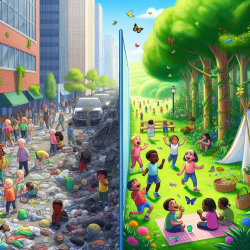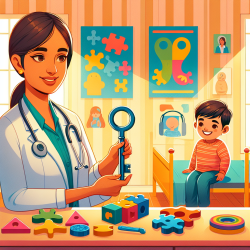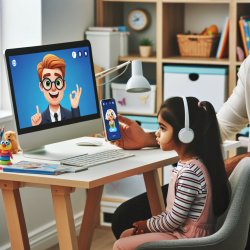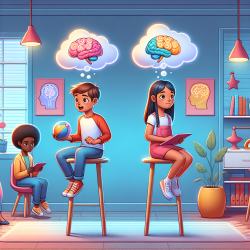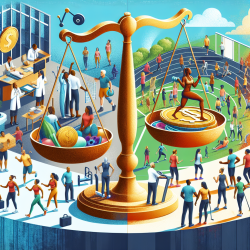Introduction
In the world of speech-language pathology and child development, understanding the environmental factors that influence outcomes is crucial. A recent study titled Individual and Neighborhood Level Predictors of Children’s Exposure to Residential Greenspace sheds light on the significant role greenspace plays in children's development. This blog will explore the study's findings and discuss how practitioners can leverage this knowledge to improve therapeutic outcomes.
The Importance of Greenspace
Greenspace, such as parks and tree canopies, is more than just a visual delight. It has been linked to numerous health benefits, including improved physical and mental health outcomes. The study highlights that children living in areas with more greenspace tend to have better developmental outcomes. This is particularly significant for practitioners focusing on child development and speech-language pathology.
Key Findings from the Study
The research conducted in Shelby County, Tennessee, evaluated various neighborhood and individual-level factors influencing greenspace availability. The study utilized the Normalized Difference Vegetation Index (NDVI) to measure surrounding greenness, tree canopy, and park proximity. Here are some critical findings:
- Neighborhood factors such as homeownership rate and early childhood education resources were associated with higher levels of greenspace.
- Disparities in greenspace access were evident in neighborhoods with a higher proportion of Black residents and higher residential segregation.
- Adding individual-level predictors to neighborhood factors did not significantly improve the prediction accuracy for greenspace measures.
Implications for Practitioners
For practitioners, these findings underscore the importance of considering environmental factors in therapy planning. Here are some ways to implement these insights:
- Advocate for Greenspace: Encourage schools and communities to invest in greenspace development, particularly in underserved areas.
- Incorporate Nature in Therapy: Utilize outdoor settings for therapy sessions to harness the cognitive and psychological benefits of greenspace.
- Collaborate with Urban Planners: Work with local authorities to ensure equitable access to greenspace for all children, regardless of socioeconomic status.
Encouraging Further Research
While the study provides valuable insights, it also opens the door for further research. Practitioners are encouraged to explore how specific elements of greenspace, such as park quality and accessibility, impact child development. Additionally, investigating the long-term effects of greenspace exposure on speech and language outcomes could provide deeper insights.
Conclusion
The study on greenspace and child development offers a compelling argument for integrating environmental considerations into therapeutic practices. By advocating for and utilizing greenspace, practitioners can contribute to more equitable and effective child development outcomes. To delve deeper into the research, please follow this link: Individual and Neighborhood Level Predictors of Children’s Exposure to Residential Greenspace.
